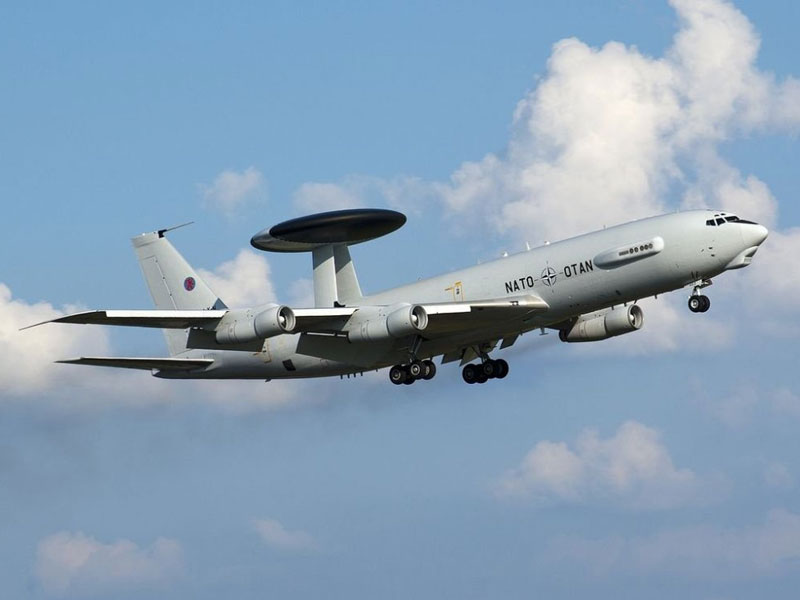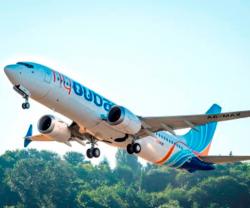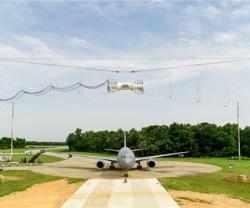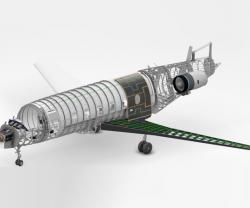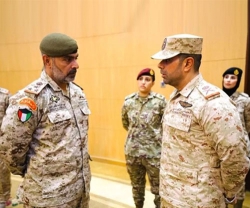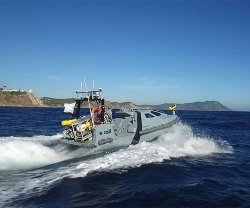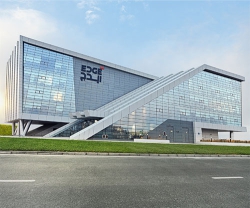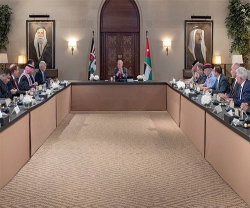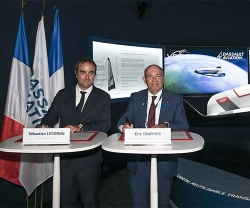During the two-hour flight on December 31 testers evaluated five full-color glass displays with customizable engine, navigation and radar data. The systems performed better than expected and the program will now enter an extensive flight test qualification phase. Fourteen NATO AWACS in total will receive the flight deck modernization; delivery of the first upgraded aircraft is scheduled for January 2016.
“These improvements provide NATO with an AWACS fleet that will save time and fuel and will also decrease operational costs by allowing a reduction in the flight crew size,” said Jon Hunsberger, Boeing AWACS Program Manager.
The upgrades ensure compliance with current and future air traffic control and navigation requirements, giving the aircraft broader access to airspace around the world. They also resolve recurring issues involving out-of-production avionics by using commercial, off-the-shelf digital avionics. The AWACS is based on the Boeing 707.
The upgrade to the first NATO AWACS, as well as for a U.S. Air Force AWACS aircraft, is part of a $394-million Air Force contract awarded in 2012. First flight of the upgraded U.S. AWACS is expected in 2016.
Thirteen additional NATO AWACS will receive installation of the upgrade as part of a $257 million modification effort. Those modifications begin in 2016 and will be completed by 2018.
“The AWACS program is a model for enduring transatlantic defense cooperation. Boeing is honored to enhance this critical capability for the Alliance in close collaboration with industry partners from across Europe and the United States,” said Brian Moran, President, EU & NATO Relations.

